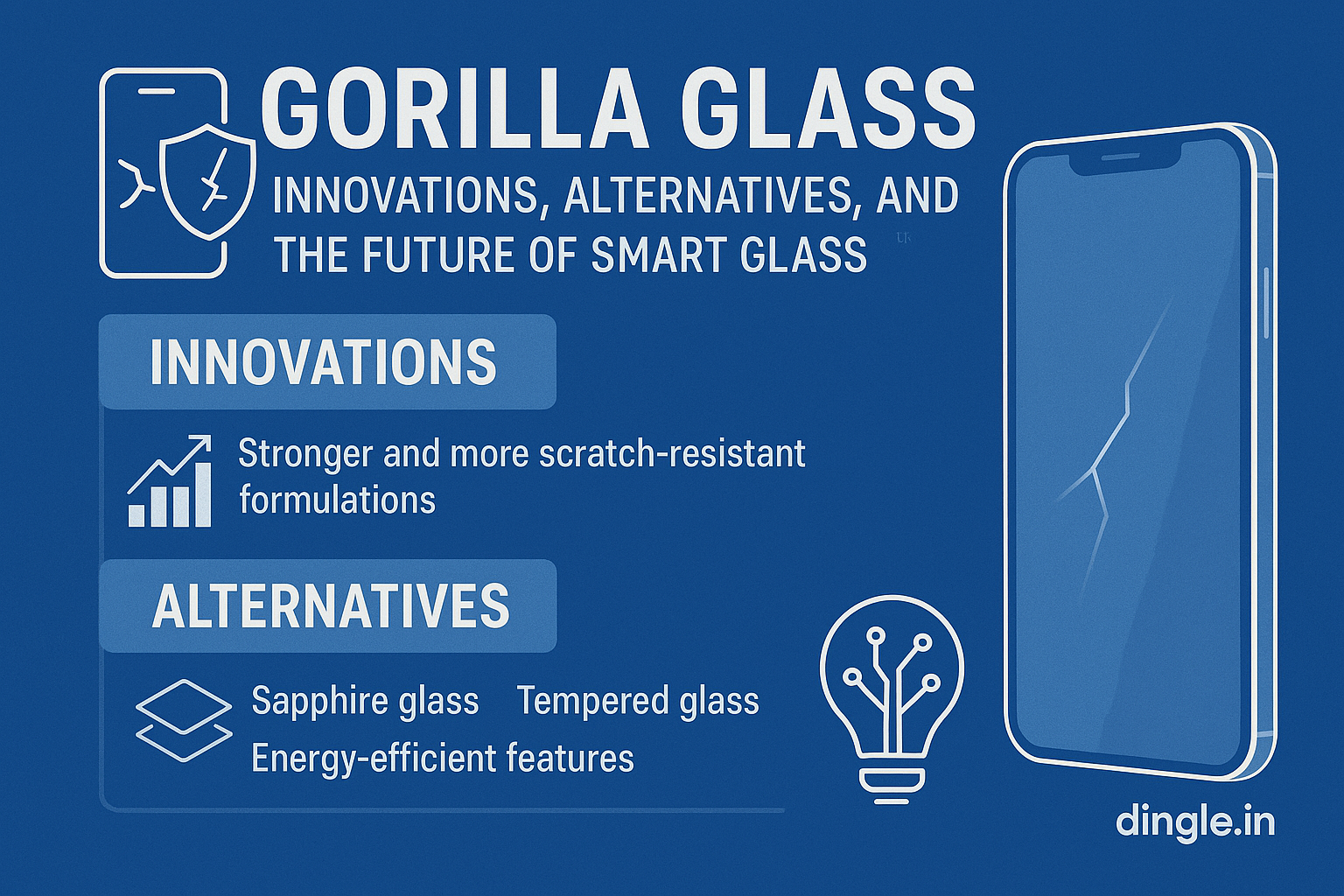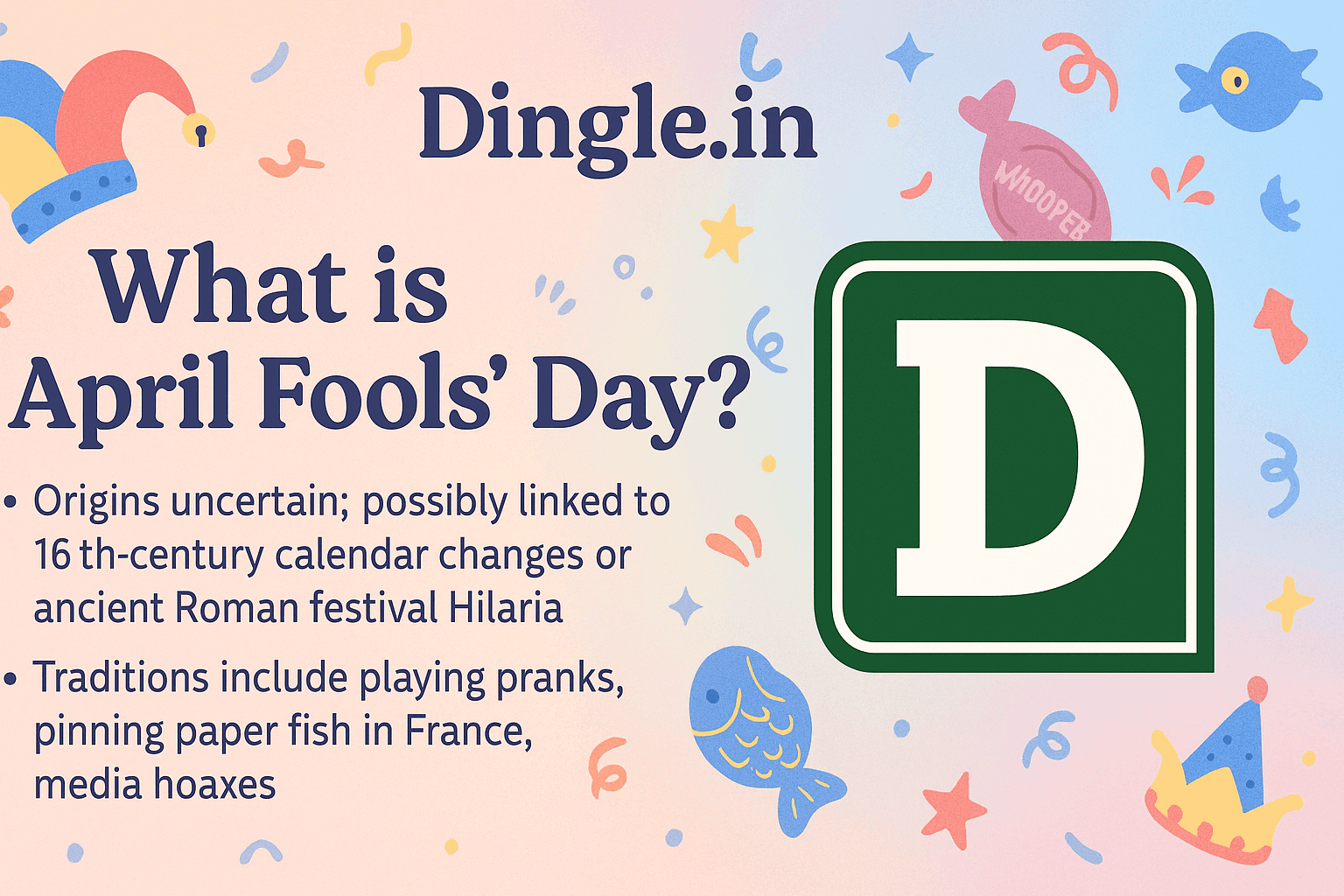Wellness Yoga: A Guide to Fitness and Stress free Living
Yoga can help in improving our physical and mental health as stress and sedentary habits like sitting too much harm our minds and bodies. Yoga is more than just stretching. It strengthens your body, calms your mind, and helps you reconnect with yourself. Yoga naturally improves your health. It can reduce anxiety, increase flexibility, and … Read more









